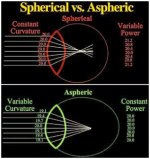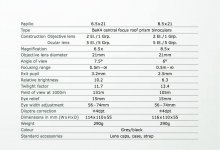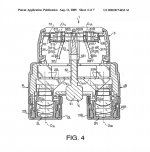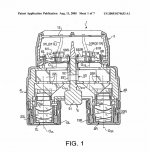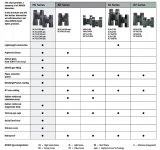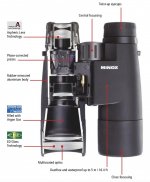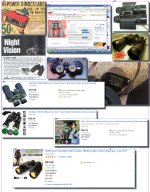tenex
reality-based
In another thread, Henry Link was just remarking again that to get a crisp view free from simple problems like spherical aberration, he lugs around a 56mm binocular in the daytime. (I've done it myself and see what he means.) Let's turn that into a question: it's 2020. Where are the aspherical binoculars?
Camera lenses have increasingly been incorporating aspherical elements for 25 years now. I recall reading an essay on BVD back then predicting a quantum improvement in bino quality as well. So... what happened? I think there was a Minox(!) some time ago that claimed to have ASPH oculars, and that's about it. Where's the revolution? All but the cheapest binos today flaunt ED glass. Why are top prices still being asked for alpha binos that don't (seem to?) have ASPH elements, and boast instead of improvements so subtle that users struggle to define and debate them?
Camera lenses have increasingly been incorporating aspherical elements for 25 years now. I recall reading an essay on BVD back then predicting a quantum improvement in bino quality as well. So... what happened? I think there was a Minox(!) some time ago that claimed to have ASPH oculars, and that's about it. Where's the revolution? All but the cheapest binos today flaunt ED glass. Why are top prices still being asked for alpha binos that don't (seem to?) have ASPH elements, and boast instead of improvements so subtle that users struggle to define and debate them?





